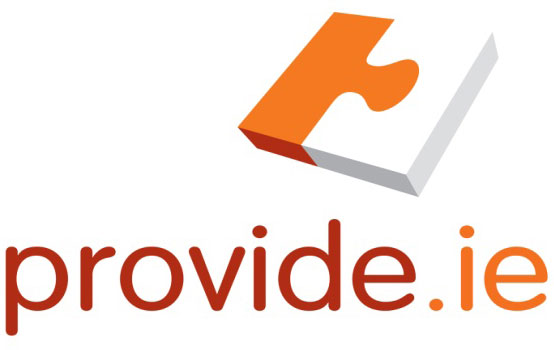
Welcome to Provide

Stephen Pitcher has spend his career in procurement roles in Ireland and the UK. He has managed large departments and budgets in excess of €100m per annum.
He has delivered projects across all categories of expenditure including Professional Services, IT, Marketing, Property and Facilities, Healthcare and Insurance Claims.
He has wide experience in working with a range of in house clients and ensuring knowledge transfer and upskilling throughout the process.
Contact Me:
15 Sli Cuileann
Cullenagh
Ballina
Co.Tipperary
Mobile: 086 6235551
Email: stephen@provide.ie